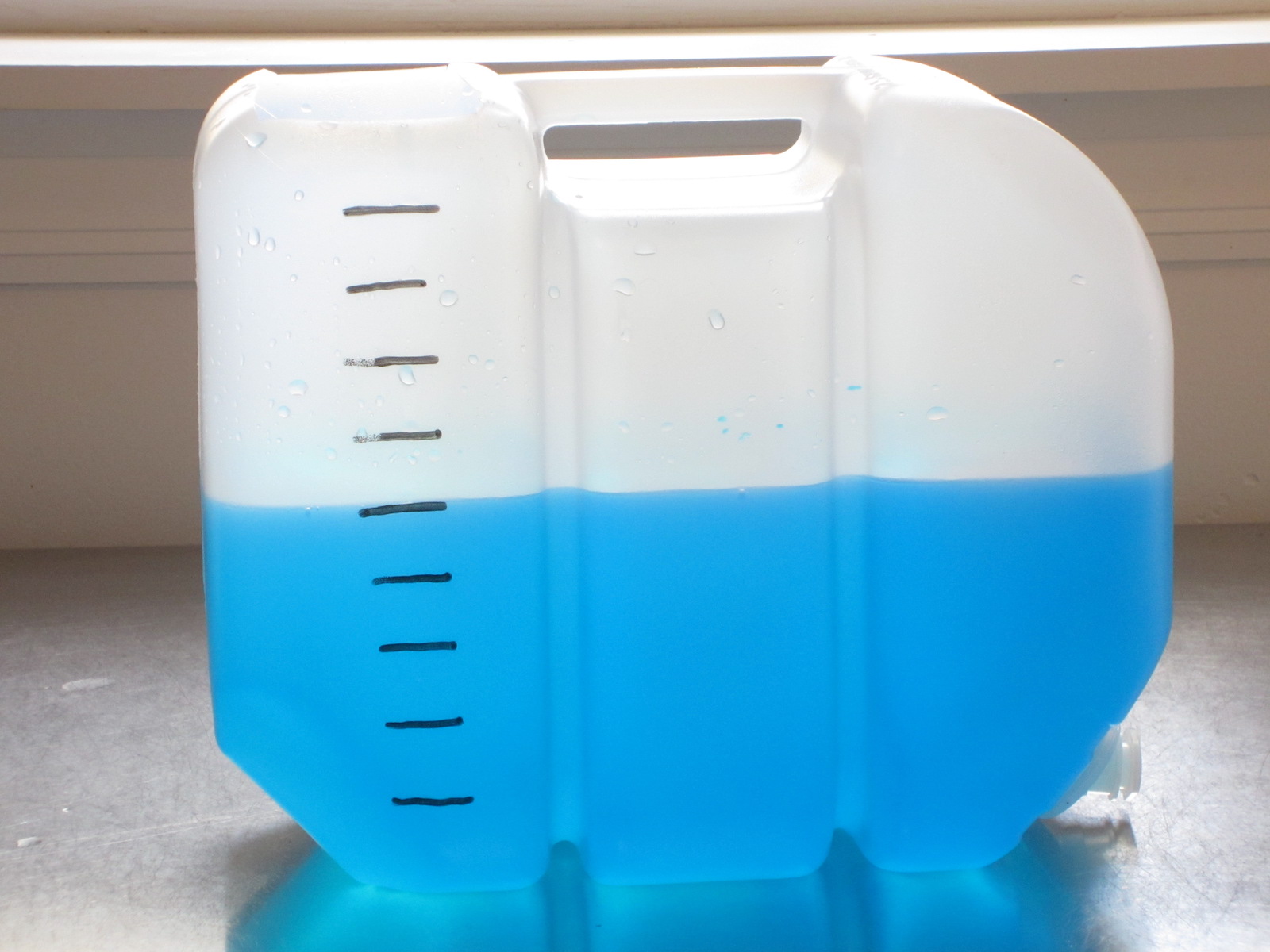Lesson 8
Estimate and Measure Liquid Volume
Warm-up: Number Talk: Divide by 3 (10 minutes)
Narrative
The purpose of this Number Talk is to elicit strategies and understandings students have for dividing within 100 and to help students develop fluency.
When students use known multiplication and division facts to divide larger numbers, they look for and make use of structure (MP7).
Launch
- Display one expression.
- “Give me a signal when you have an answer and can explain how you got it.”
- 1 minute: quiet think time
Activity
- Record answers and strategy.
- Keep expressions and work displayed.
- Repeat with each expression.
Student Facing
Find the value of each expression mentally.
- \(30\div3\)
- \(60\div3\)
- \(63\div3\)
- \(54\div3\)
Student Response
For access, consult one of our IM Certified Partners.
Activity Synthesis
- “How did you use division facts that you already know to find some of the other quotients?” (I knew that \(60\div3\) would be double the answer of \(30\div3\). Once I knew \(60\div3\), I was able to find \(63\div3\) by adding another group of 3 and \(54\div3\) by taking groups of 3 away.)
Activity 1: Estimate Liquid Volume (15 minutes)
Narrative
The purpose of this activity is for students to estimate liquid volumes in liters. First, students consider the number of liters it could take to fill a bathtub. Then, students match a variety of containers to the number of liters they could hold, using their experience from the previous lesson to support their reasoning.
In order to solve these problems, students rely on their experience as well as information provided by the photos of different objects. They also rely on their ability to make reasoned estimates (MP4). The activity provides students an opportunity to share their thinking and critique the reasoning of others (MP3).
Advances: Speaking
Launch
- Groups of 2
- “Today we’re going to think about some containers that hold liquids. What are some containers that you've seen that hold liquid?” (cups, bowls, buckets, sinks, milk cartons, a pool)
- 30 seconds: quiet think time
- Share responses.
- Display the image and Clare, Jada, and Kiran’s ideas about how much water the bathtub holds.
- “Take a moment to think about how many liters of water the bathtub holds and whose reasoning you agree with.” (I agree with Kiran because 2 liters is less than the amount we put in the jug yesterday and I don’t think 20 liters would fill the bathtub. I think it would take 200 liters.)
- 30 seconds: quiet think time
- 1 minute: partner discussion
- Share responses.
- “What other containers could hold about 200 liters?” (a larger trash can, a kiddie pool)
- Share responses.
Activity
- “Now, work with your partner to estimate how many liters some other items hold.”
- 5–7 minutes: partner work time
- Monitor for students who refer back to the experiences in the previous lesson as they reason about the liquid volume each container can hold.
Student Facing
-
Clare says the bathtub holds about 2 liters.
Jada says the bathtub holds about 20 liters.
Kiran says the bathtub holds about 200 liters.

Whom do you agree with? Explain or show your reasoning.
-
Would the bucket and the bottle hold 2 liters, 20 liters, or 200 liters? Explain how you know.
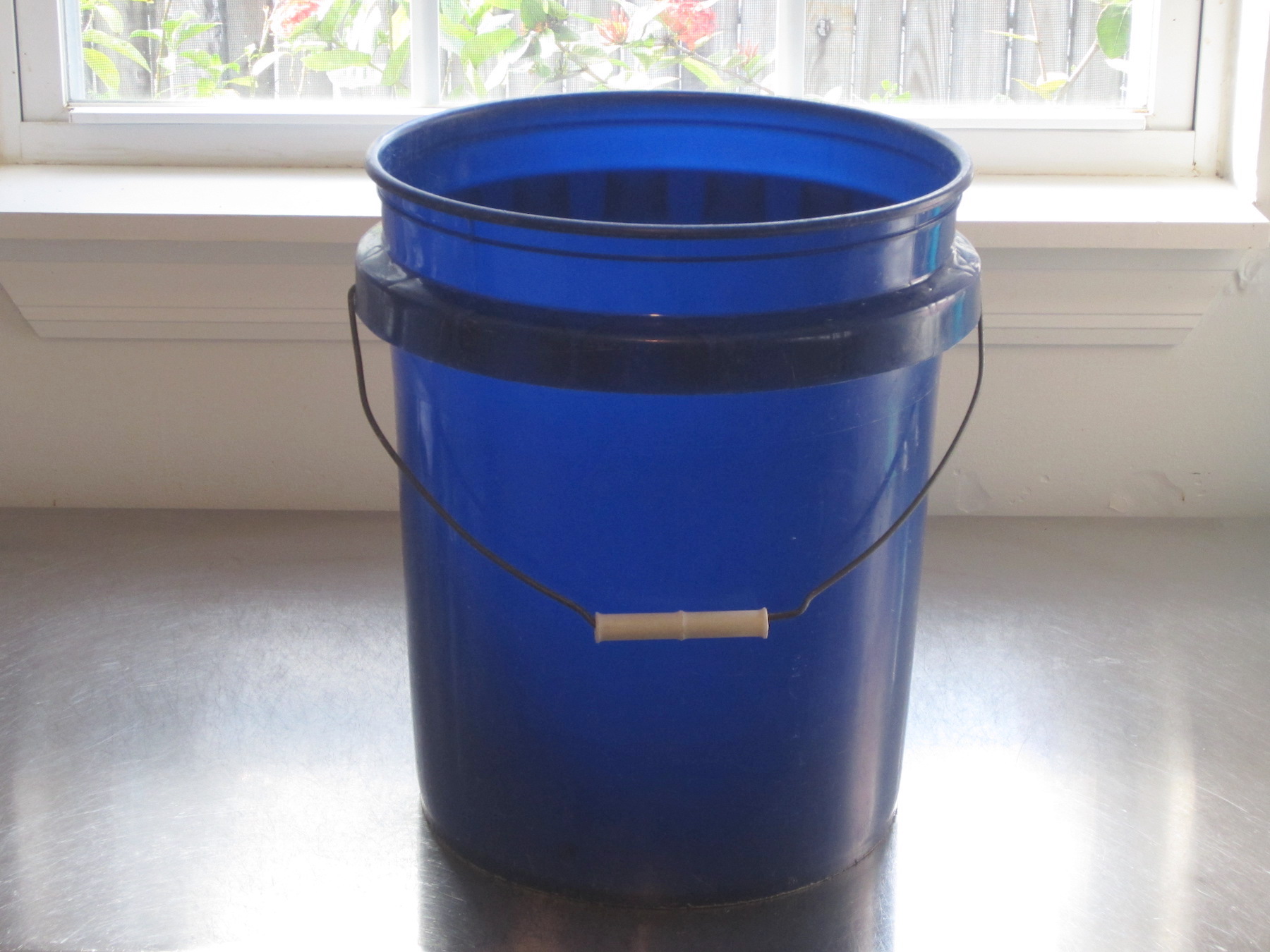

-
Match the containers to the number of liters they could hold. Be ready to explain your reasoning.
item
- sink
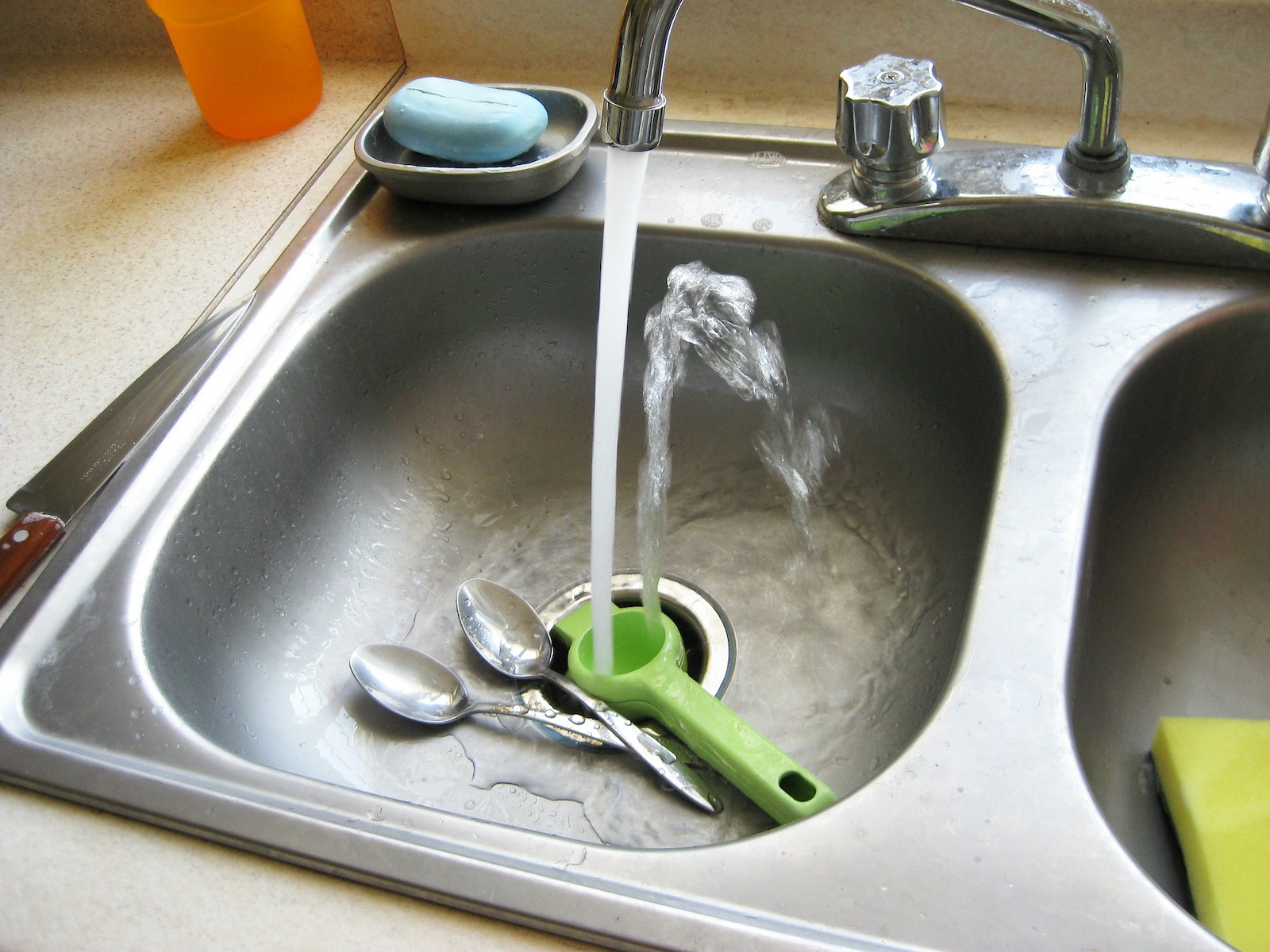
- kiddie pool

- pot
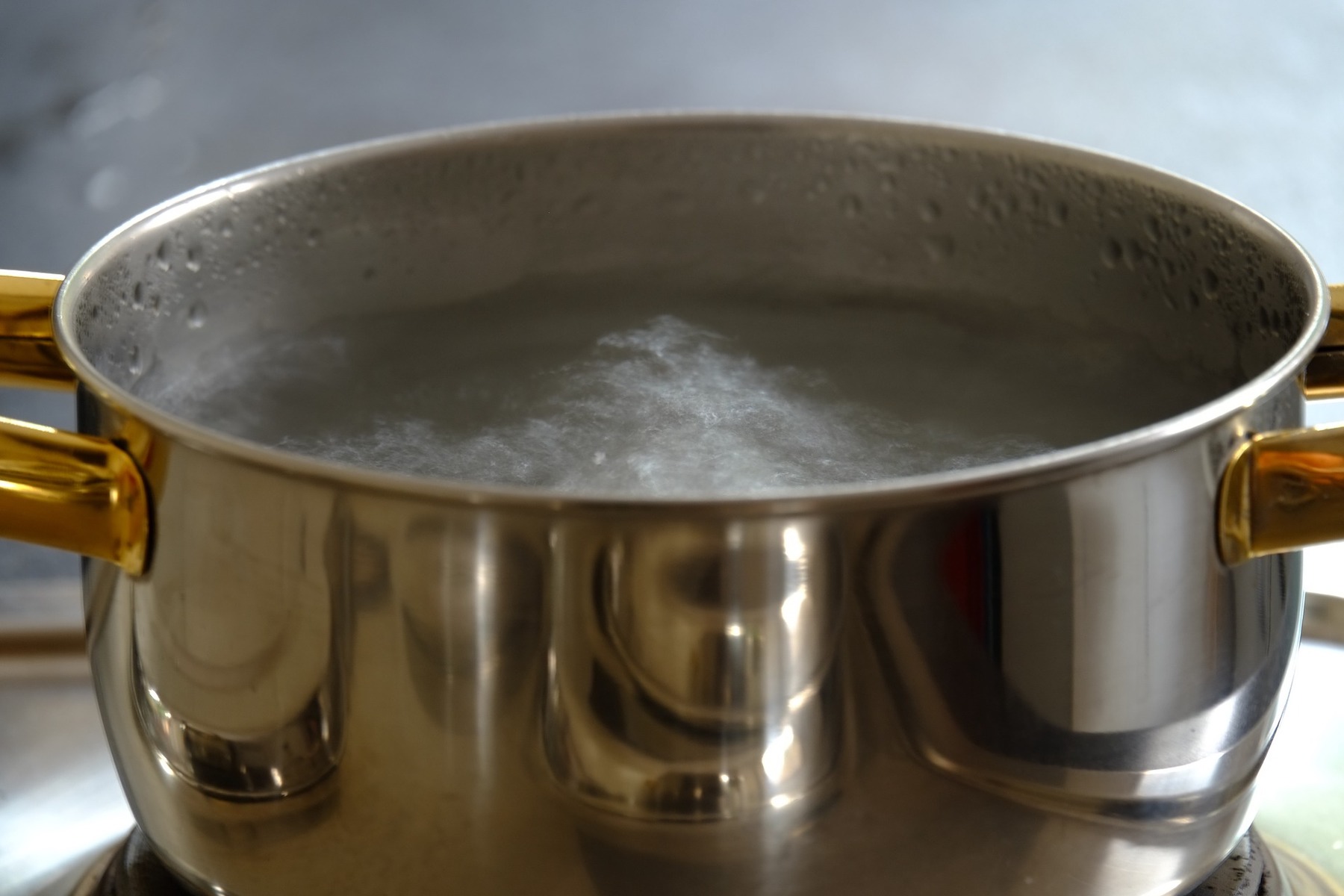
- toilet tank

number of liters
-
4 liters
-
6 liters
-
500 liters
-
10 liters
- sink
Student Response
For access, consult one of our IM Certified Partners.
Activity Synthesis
- Select previously identified students to share their responses and reasoning.
- “What strategies were useful as you estimated the liquid volume that different containers can hold?” (I thought about how much 1 liter was and how many times it could be poured into the container before it was full. I thought about the marks on the container we filled and whether the container would be more or less.)
Activity 2: Measure Liquid Volume (20 minutes)
Narrative
The purpose of this activity is for students to measure liquid volume using liters. Students compare the liter marks on a container for measuring liquid volume to the marks on a ruler before they use images of containers marked in liters to determine or show the volume of liquid in each container.
Supports accessibility for: Organization, Attention, Social-emotional skills
Launch
- Groups of 2
- Display the images.
- “What do you notice? What do you wonder?” (Students may notice: The ruler and the containers have marks for measuring. The marks on the ruler go side to side, but the marks on the container go up and down. They both show zero, but on the ruler there is a zero mark and for the container it’s just the bottom. Students may wonder: What is the diagram supposed to be? Could we use a ruler to measure liquid volume?)
- 1 minute: quiet think time
- 1 minute: partner discussion
- Share and record responses.
- “How are the marks on the container and the marks on the ruler alike? How are they different?” (They are all used to measure. The ruler measures length, but the containers measure volume. The scale on the containers is vertical, but the ruler is horizontal.)
- 1 minute: partner discussion
- Share responses.
- If no students mention the zero mark, ask “Where is zero on the containers?”
Activity
- “The container in each image is marked in liters. Work with your partner to find the volume when the liquid is shown, and to show the liquid when the volume is given.”
- 7–10 minutes: partner work time
- If students finish early, have them answer the following questions:
- “How many liters would you have if you combined the two containers with the most liquid? Show or explain your reasoning.”
- “Find a combination of liquid volumes that would fill the largest container to the top mark?”
Student Facing
What do you notice? What do you wonder?
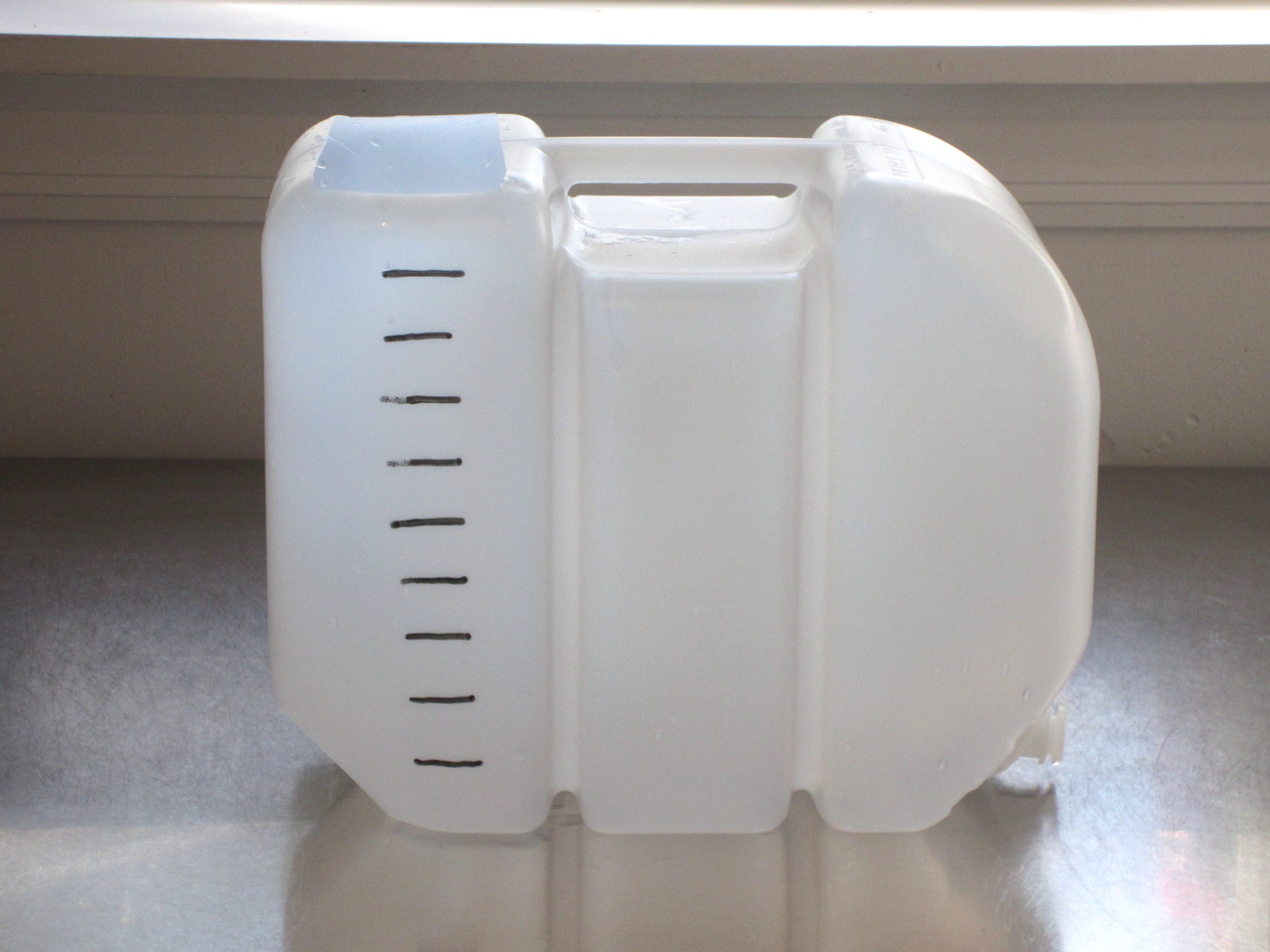


-
The container in each image is marked in liters. Find the volume of the liquid.
A 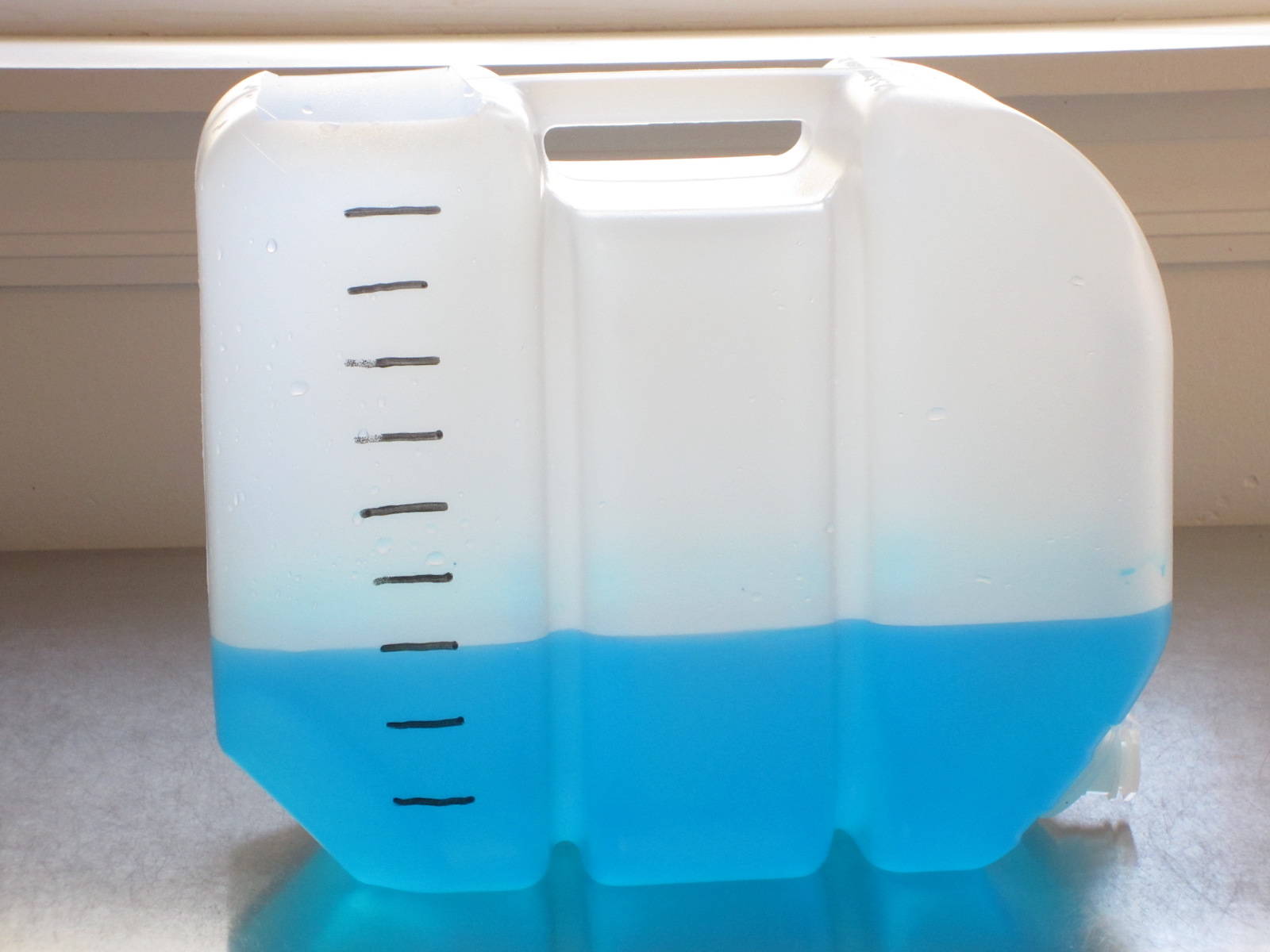
B 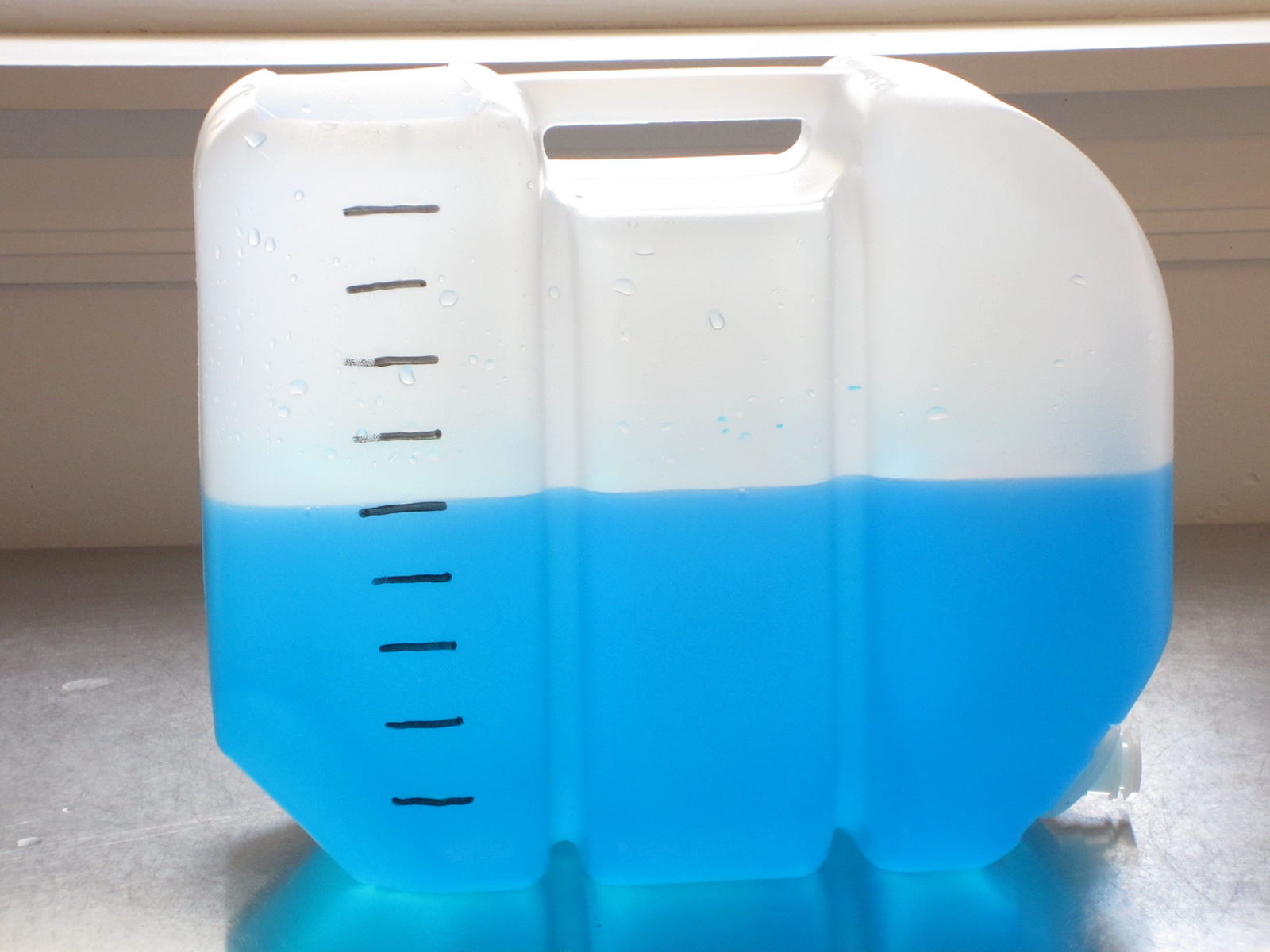
C D E F G H -
Shade the images of the empty containers to show the liquid volume.
P: 1 liter Q: 8 liters R: 7 liters S: $2\frac{1}{2}$ liters T: 23 liters - If you have time: Of all the containers in this activity, which two containers have the most liquid? How many liters would you have if you combined the liquid in them? Explain or show your reasoning.
Student Response
For access, consult one of our IM Certified Partners.
Advancing Student Thinking
If students interpret the shorter tick marks on the container as fractional amounts, consider asking:
- “Look at the marks on container D. What number is halfway between 2 and 4, or between 4 and 6?”
- “Look at the marks on container F. There are 4 tick marks that are equally spaced between 10 and 15. What numbers could they represent?”
Activity Synthesis
- “If the level of the liquid was between two numbers, how did you figure out what the marks represented?” (I thought about what was between the numbers. I knew that 7 was between 6 and 8, but \(3\frac{1}{2}\) is between 3 and 4. For the last one, I saw that the numbers went up by 5, so I thought each mark would be a liter.)
Lesson Synthesis
Lesson Synthesis
“Today we measured and estimated liquid volume in liters.”
“What are some tips you would give someone as they use containers marked in liters to measure liquid volume?” (You have to know that the zero mark is the bottom of the container. The amount of liters goes up as you fill the container. Each mark represents a liter. If the level of the liquid is in between numbers, you need to figure out what the marks in between the numbers represent.)
Cool-down: Measure in Liters (5 minutes)
Cool-Down
For access, consult one of our IM Certified Partners.
Student Section Summary
Student Facing
In this section, we learned how to measure and estimate weight in grams and kilograms.
This paper clip weighs about 1 gram.
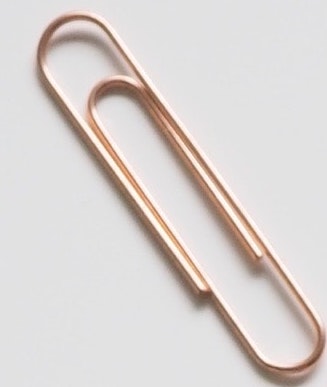
This basket of apples weighs about 1 kilogram.
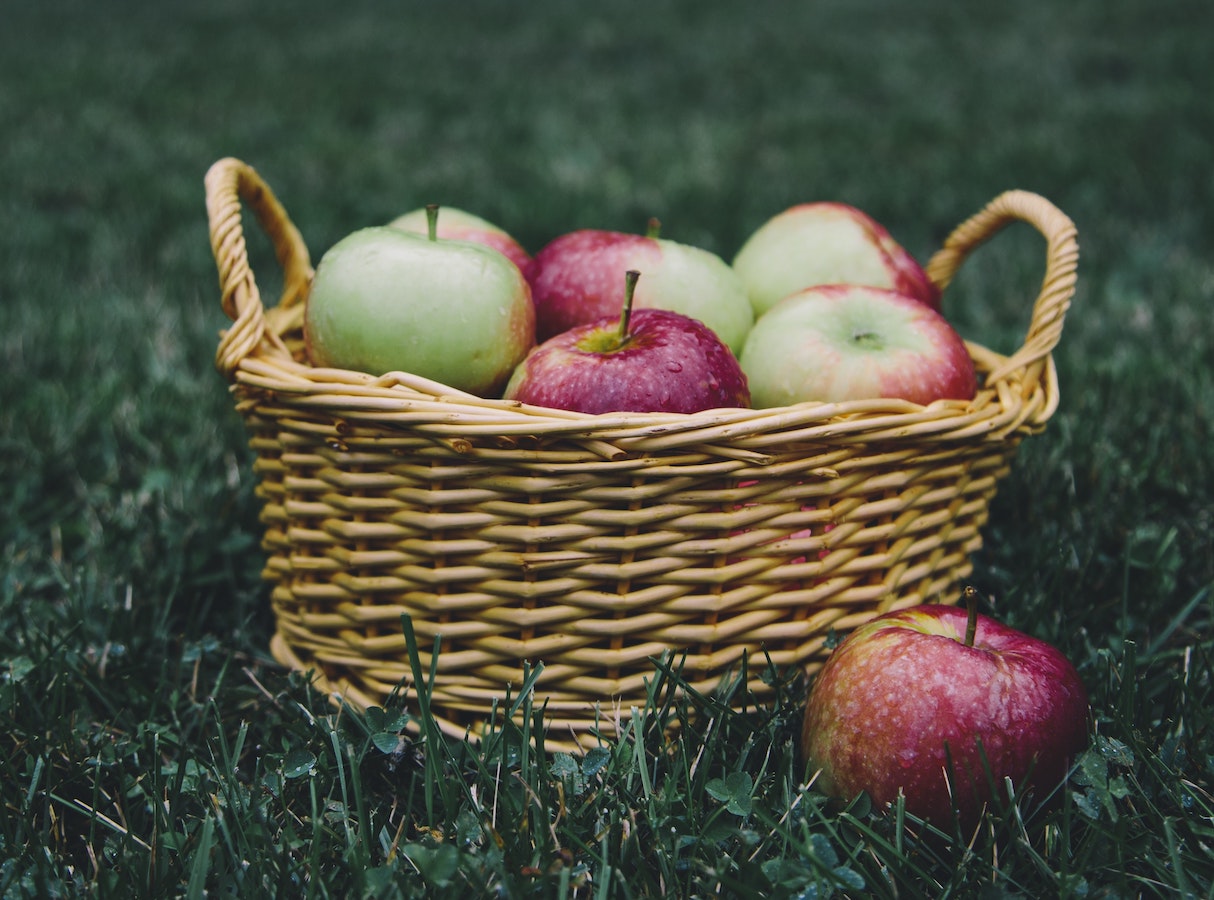
We also learned how to measure and estimate liquid volume in liters.
